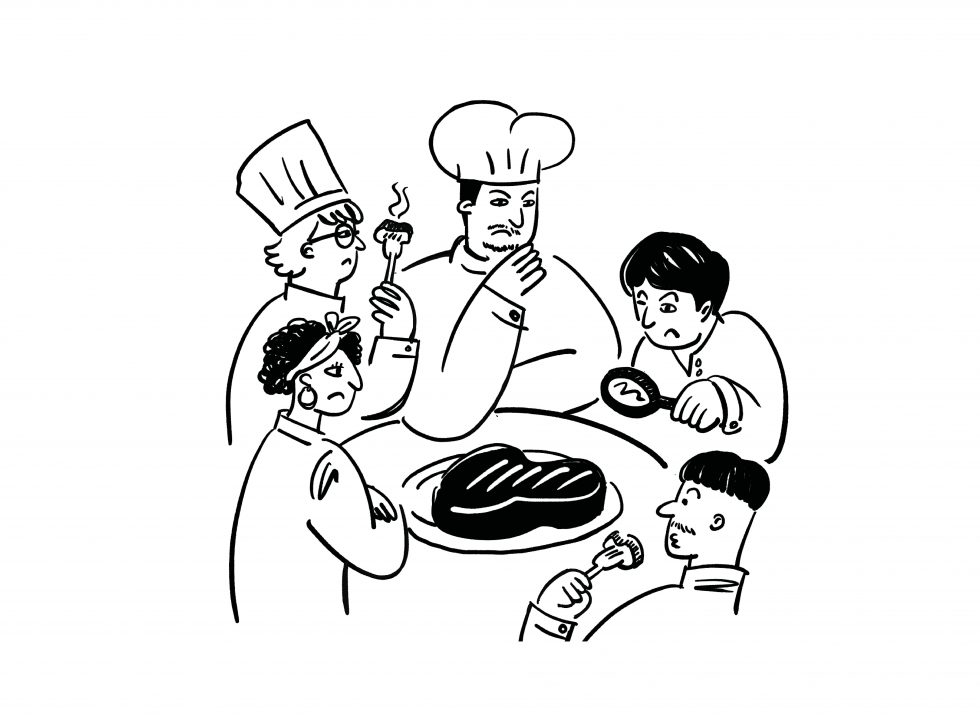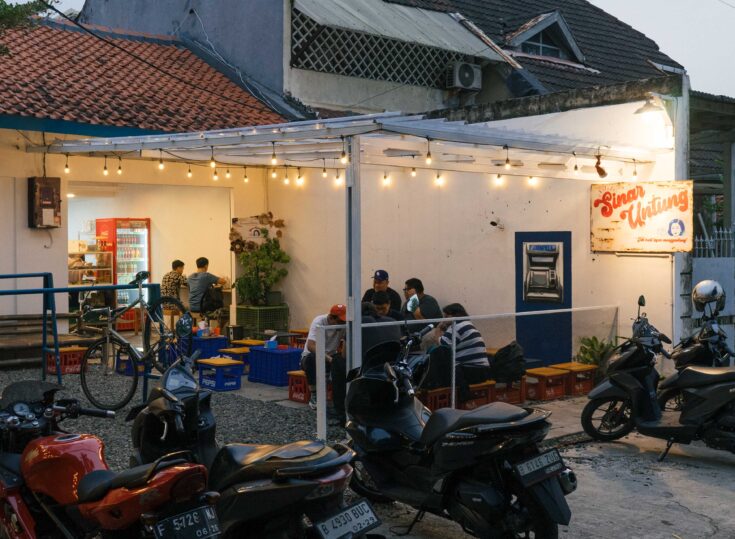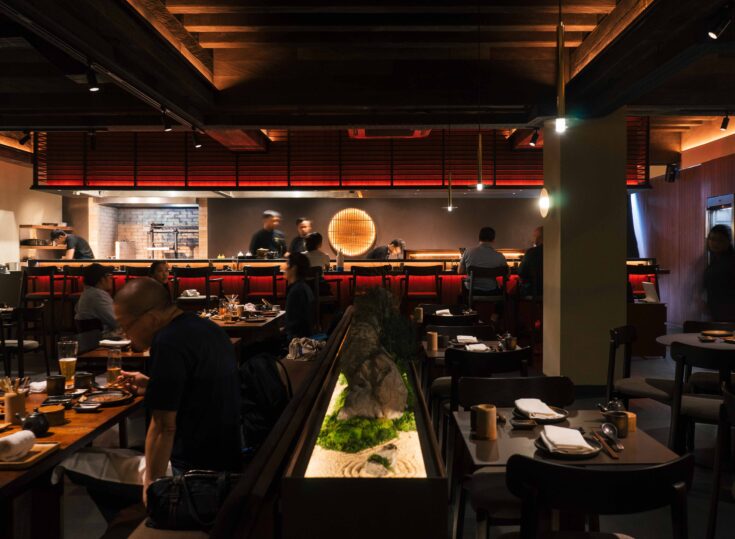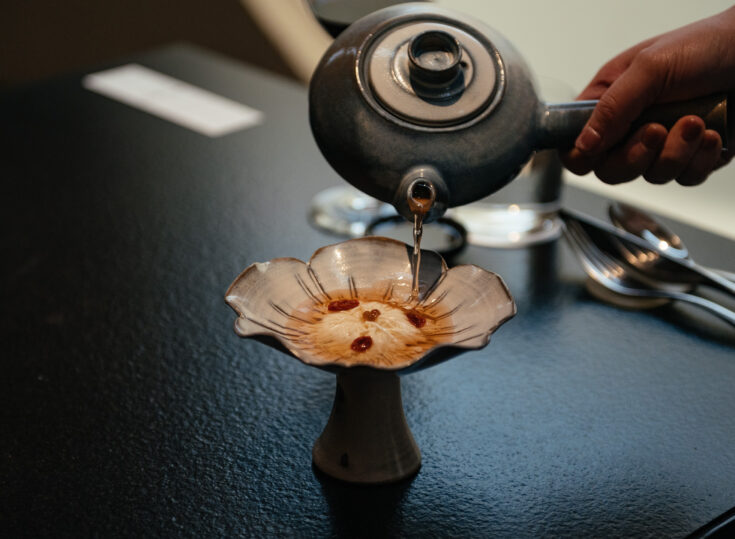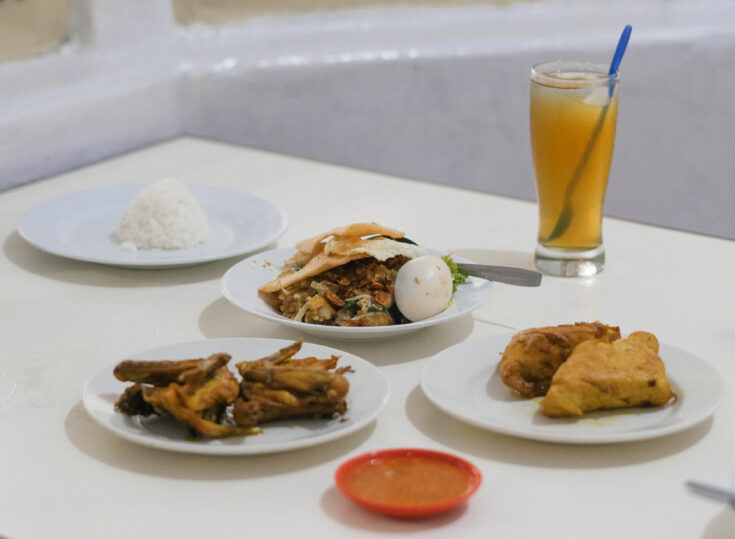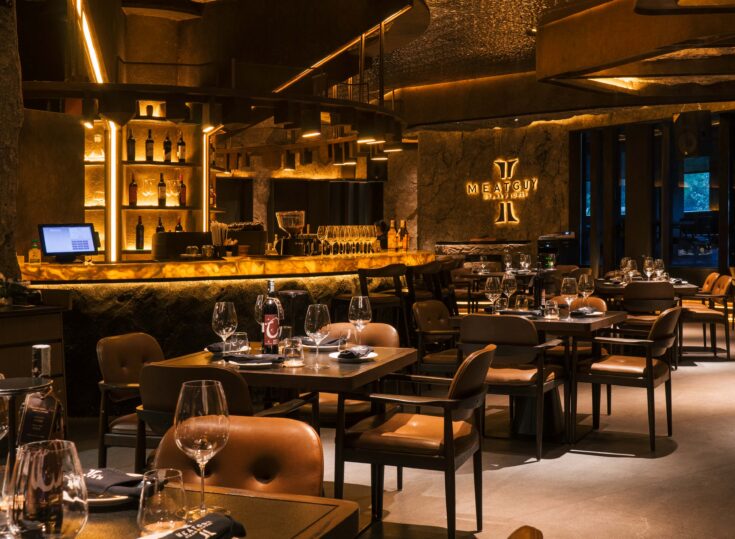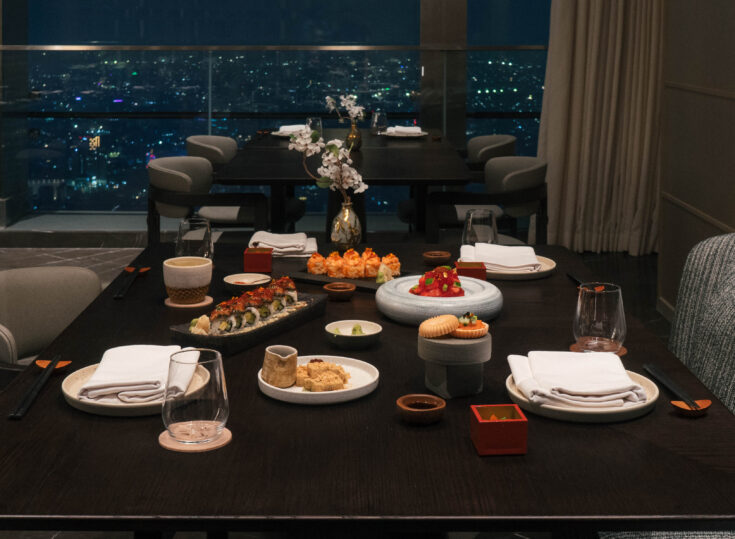For brothers Aditya and Putra Muskita, who spent much of their childhood helping out in the kitchen of their parent’s restaurant, Oenpao Asian Food, which grew from a 3x3m stall in Pasar Modern BSD to a 32-outlet chain, food and service were very much part of their day-to-day. This experience led to Aditya’s culinary journey, from working in Potato Head as chef de cuisine and a sous chef in Room4Dessert in Ubud, Bali, to starting his own private dining pop-up project, BETA.
In this special op-ed, Aditya and his brother Putra, an editor at Tech in Asia, a news site covering startups and innovation in Asia, discuss the importance of building a culture that involves all restaurant workers—from chefs to line cooks—to get firsthand experience by being in the seat of a customer. In particular, on the metaphor behind paying for overcooked steak and how including more employee learning experiences can benefit the industry in the long run.
—
PM: You told me something interesting recently: “Restaurant employees should pay for overcooked steak.” Tell us what you mean exactly.
AM: Customers are the backbone of any business, which means that understanding the customer is extremely important. If you’re someone working in the garment industry, it’s about wearing the t-shirt you make and understanding how it fits. If you work in the e-wallet market, it’s about using the app to buy something and experiencing how long it loads. The same goes for people who work in “lifestyle” restaurants—those that sell not just food, but the experience. You need to understand how your customer feels.
What’s the easiest way to do that? Be a customer yourself. Go out to a restaurant. Sit down and order some food. And if the steak you ordered is overcooked, you will understand how s**tty it feels to pay IDR 500,000 for a substandard dish.
PM: How did this thought come up?
AM: I was interviewing for one of my old jobs at a Potato Head Family restaurant. My interviewer—the then-F&B director—asked me: “How do you learn?” I told him that I learned from reading books, recipes from previous jobs, or techniques from school. But he told me those only covered the basics.
At the level I was interviewing for (it was my first head chef interview), the best way to learn is by eating out at other restaurants. To be aware of what your fellow chefs are doing and how customers engage with their cooking. This is a really good piece of advice that I still follow to this day.
I think a lot of restaurants already do this. The head chef, the manager and others at the executive level would go out once in a while to try a new restaurant. That said, I think we need to go one step further. We need to bring out the rest of the employees—from commis chefs to line cooks, and even all the way to dishwashers—to also have this experience.
PM: Why should they, though? The head chef is the decision maker in the kitchen, so of course, he or she has to do this. I agree that it would be a pleasant experience to have for the rest of the team. But why should it be mandatory?
AM: Everyone thinks they know what a “good steak” is like—well-seasoned, well-seared, with the correct temperature or level of doneness. But when you’re dining out, it becomes more complicated than that, especially when you bring price into the picture.
Sure, it might be “good”, but is it good enough that you should pay IDR 500,000 for it? You can’t answer that question until you actually sit down and experience it yourself.
I went out to eat with an employee once, who was one of my best employees with a high execution standard. We went to one of these “lifestyle” restaurants and the food was good. Then I asked him, “How is it?” He said, “Oh my God, it’s amazing!” And then he told me that this was his first time eating at a restaurant like that.
I was shocked. He consistently delivers cooking expected in a restaurant of this standard, yet he’s never been in the customer’s shoes. Imagine if he has—he can be an even better employee or leader.
PM: You’ve spent some time early in your career as an apprentice in kitchens outside Indonesia. Was this something you saw?
AM: Yes, especially when I was an apprentice at Relæ restaurant in Copenhagen. There are a lot of great restaurants there, a lot of which made it to the World’s 50 Best Restaurants. If you eat at a restaurant, and they know that you’re an apprentice—which means you’re not earning s**t—or just someone who works in F&B, you instantly get a discount. They give you extra dishes to try. They understand that you’re there to learn, and they provide part of that education by giving us the ability to experience their restaurant without breaking the bank.
PM: In other words, it’s really about investing in your employees. Fair enough. But are you saying that the employees should pay for the meal themselves?
AM: Yes. Because let’s say you’re a line cook specialising in steaks. If you go out to a restaurant and pay a premium price for a f***ed-up steak, you would never f*** another steak in your own job. You will know how it feels to be disappointed and still have to pay for it.
PM: Apprentices aside, I’m sure local salary levels also play a role.
AM: Yes. In Denmark, restaurant workers typically earn DKK 20,000 which translates to about IDR 40,000,000 before taxes. In Singapore, entry-level cooks earn SGD 1,800 or about IDR 19,000,000.
Indonesian workers are paid very little in comparison. But here’s the strange thing: Jakarta’s fine dining or lifestyle dining is just as expensive as these other places. In a high-end steakhouse in Jakarta, a plate of sirloin steak can cost IDR 1,000,000. The same thing probably costs SGD 130 in a similar steakhouse in Singapore—a difference of about IDR 300,000.
It’s much easier for an entry-level cook in a Singapore steakhouse to afford that kind of food, even if it is just once a month. For an Indonesian worker, that may mean not being able to afford rent.
PM: I suppose wage equality is a much more complex and long-term problem to solve. It’s definitely not something the F&B industry can tackle alone. Do you think there’s a compromise?
AM: I think it’s something restaurants can afford if they want to. I want to highlight that our friends in August are doing that: they give a discount to F&B workers who are below the manager level. That’s a beacon of hope. But to really make a change, we can’t just depend on one restaurant. It is a tertiary need, for sure. I’m definitely not saying that you’re a bad employee if you don’t do this, but it can make you a better employee. Ultimately, the entire industry will benefit.
PM: So, what’s the first step?
AM: Generally, lifestyle restaurants can make IDR 1,500,000,000 to 2,000,000,000 per month. Conservatively, they usually budget about 4 per cent of gross revenue each month for “entertainment”, which covers things like freebies or discounts for VIP guests. That means IDR 80,000,000 for entertainment.
Why not use part of that budget, either for your own employees to test other restaurants, or staff from other F&B establishments, to dine at your restaurant? It doesn’t have to be the full amount—a little can go a long way.
